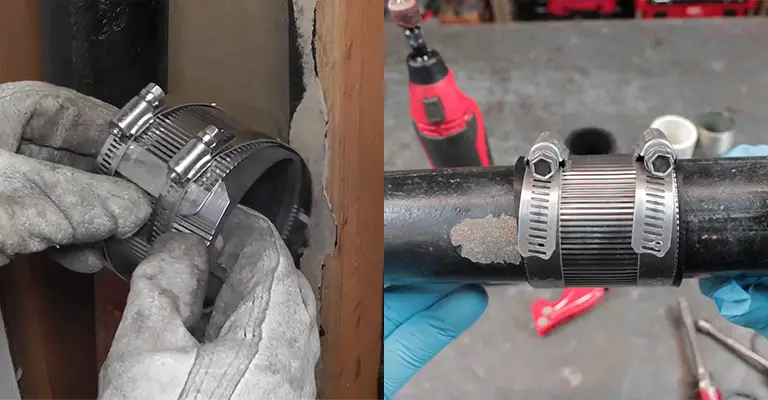When it comes to plumbing, every project is unique and requires the correct type of pipe connection. No-hub and shielded couplings are two of the most popular options available, but which one should you choose for your project?
While both options effectively join pipes together, they have distinct differences in their design, installation process, and suitability for different applications.
The no-hub coupling, also known as a no-hub band, is a mechanical fitting used to connect pipes made of cast iron, PVC, and other materials.
It is made of a neoprene rubber sleeve wrapped around the pipe and then secured with a metal band.
On the other hand, a shielded coupling is a type of mechanical fitting used to connect pipes made of copper, PVC, and other materials.
It features a stainless-steel shield that is placed over the pipe joint and then tightened with a series of bolts.
No-Hub Vs. Shielded Coupling
From the design and installation process to the suitability for different applications, we will help you decide which coupling is the perfect fit for your plumbing project.
So, whether you’re a seasoned plumber or a DIY enthusiast, join us as we explore the world of no-hub and shielded couplings.
What Is No-Hub Coupling?
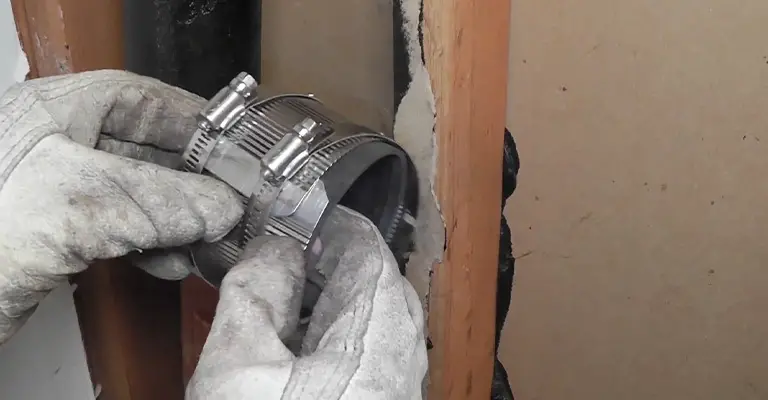
In the name of simplicity, no-hub couplings are designed to allow you to use hubless cast iron pipes and fittings without hubs or spigots. In the past, plumbers joined iron pipes using molten lead because it was difficult to do otherwise.
Due to their ease of installation, these couplings are far more efficient than others. In contrast, Fernco owns a patent on the design used in no-hub couplings.
Therefore, this fitting is often referred to as the Fernco coupling without hubs. Nevertheless, they have different kinds of couplings that can be used in different circumstances.
There are three different types of no-hub couplings offered by Fernco: standard, medium, and heavy-duty. They each have a torque range of 60-120, with the Heavy Duty one having the highest torque.
Where Can I Use No-Hub Coupling?
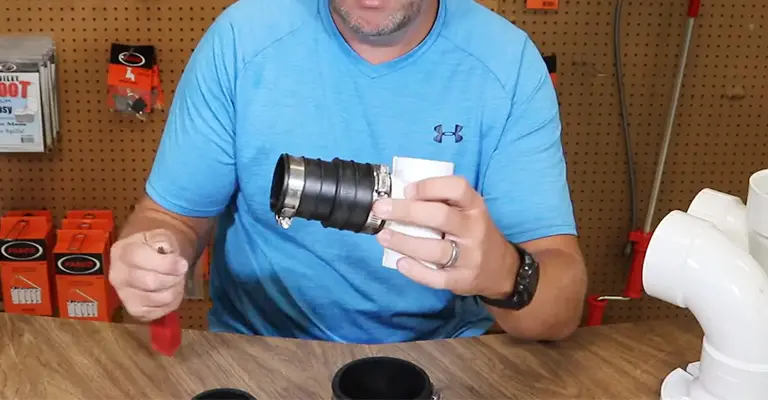
As you now know so much about these no-hub couplings, let’s take a look at how they can be used for efficient fittings. Commercial space immediately comes to mind.
The installation of a no-hub connection is a requirement for any business establishment that uses cast iron pipe for draining, such as an office, school, or other incorporation.
Considering the ease of installation of the hubless connection, it may be useful when our hands cannot reach it.
Besides drainage systems, Fernco connectors are designed specifically for sewage systems, meaning they can be used for any underground fitting.
The rugged materials used to build these underground no-hub couplings enable them to withstand up to 4.3 PSI pressures. You should, however, consider the diameter of your cast iron or PVC pipes before installing these handy couplings.
If you’re working with smaller pipes, you’ll need either a 2-inch no-hub coupling or one that’s appropriate for your pipe size. However, couplings cannot be relied upon as much for pipes with larger diameters as those with smaller ones.
What Is Shielded Coupling?
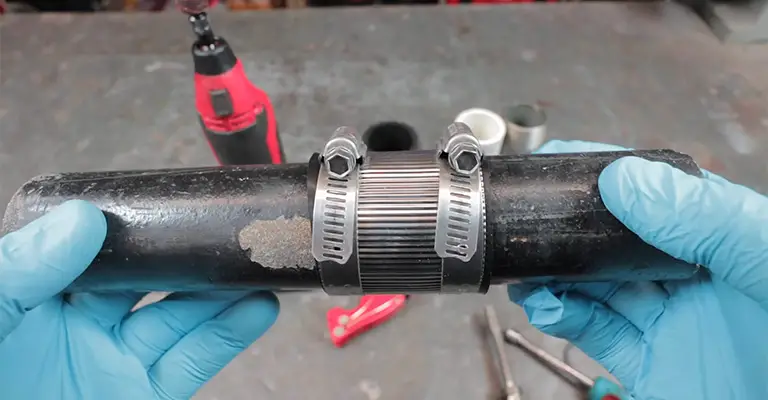
In underground sewage systems, shield couplings are also used, but they are designed to withstand high forces inside the pipe. Pipes beneath the ground are usually used to transport large quantities of liquid from one place to another.
This requires leak-proof pipes that can do the transfer without leaking. It is extremely difficult to repair the pipes since they are vital to the entire area, and even a minor malfunction could result in tragedy.
For this reason, the pipes must be fitted correctly so that they do not burst. This way, the shielded coupling, equipped with a heavy-duty shear ring, provides significant resistance to high sewage flow.
Therefore, it won’t need to be replaced anytime soon because of its superb fit. It is still necessary to employ shielded coupling to ensure that the pipes are aligned perfectly.
Straight pipes are required, not an inch higher or lower. Due to this, shielded connections are intended to keep pipes aligned.
Where Can I Use Shielded Coupling?
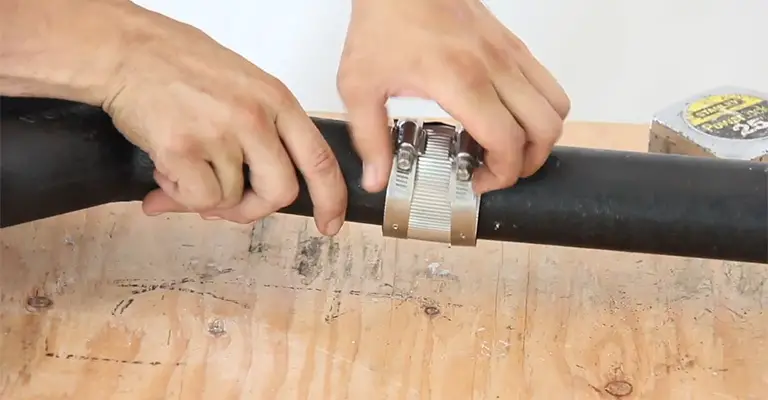
A shielded fernco coupling is mainly used in applications where a lot of pressure will be applied to the pipes. They are usually located in high-diameter pipes that are used for transporting sewage throughout the world.
Aside from that, they enhance performance. In this type of coupling, pipes are aligned in a straight line so that sewage flows continuously without being slowed by improper placement.
Couplings of this type do not have to be used with cast iron pipes; they can also be used with PVC and other types of pipes.
There is a lower risk of pipeline failure with shielded couplings PVC, which are more efficient. It is, therefore, perfectly acceptable to use these connections above ground instead of underground.
Why Has The Industry Switched To Shielded Couplings?
In underground applications, unshielded coupling is a thing of the past. In addition, a coupling is not just a coupling.
In many municipalities and contractors, underground infrastructure layers have been compacted, deflected, and constantly moved due to compaction, deflection, and constant movement.
Pipelines encounter tensile stressing and shearing forces daily, which shielded couplings handle. Shielded couplings are the obvious choice for municipalities in need of maintaining pipe alignment.
Why Has The Industry Switched?
Increasing the number of utilities above and below our existing sewer, water, and storm pipe, the greater the need for our equipment to support the surrounding environment to prevent failure.
Because of these circumstances, a shielded coupling that can withstand the conflicting additions around the repair is required.
To maintain the integrity of the pipeline, there are more than 19,500 sewer systems nationwide that process 50 billion gallons of raw sewage each day.
Building a durable connection is crucial to ensuring the pipeline remains intact. A pipeline failure can be hazardous for recreation, natural resources, property damage, the economy, and public health.
Because infrastructure requires constant maintenance, pipe connections must be long-lasting and reliable.
For heavy loads requiring increased shear strength, shielded transition couplings are designed and manufactured to enhance performance and pipe alignment.
What Are The Differences Between No-Hub And Shielded Coupling?
In contrast to shielded couplings, no-hub couplings differ in their pipe diameter. Cast iron pipes with smaller diameters are ideal for a no-hub coupling.
However, shielded couplings are the best choice for sewage lines that constantly supply a great deal of wastage and, therefore, require larger pipe diameters.
It is, however, essential to know more about the differences between the two to make proper use of them. Here’s what we found.
Easy To Fix
Although shielded couplings are more reliable, no-hub couplings are the most convenient to fix. Underground fittings will be hard to reach in some spots because your hand won’t be able to get them.
There are places where the shielded ones cannot reach, however, where the no-hub ones can.
Reliable
Reliability is the only reason to choose shielded couplings. Explicitly designed to resist high pressure without bursting, they are resistant to high pressure.
In addition, the gaskets are custom-made to ensure that connections are tight, and leaks do not occur. On the other hand, a no-hub connection is suitable only for smaller pipes.
Installation Difficulty
There is no comparison to no-hub technology regarding ease of installation. You do not need a hub or spigot to install it without any prior expertise.
No-hub couplings are exclusively recommended for this reason. While shielded ones would require training before being handled, unprotected ones would not.
Can You Afford Not To Use A Shielded Coupling?
Infrastructure is such that no company or contractor wants to dig up a newly established lead or repair the main line. In the industrial sector, shielded couplings are regarded as more reliable because they are improved.
A shielded coupling’s stainless-steel shield and high-torque clamps ensure a tighter fit to withstand shifting, shrinking, and swelling.
It is easier for the industry to take advantage of shielded couplings because they only need to be installed once, giving them a great return on investment in time and labor.
As a result, the industry cannot use anything other than a shielded coupling in underground applications.
Industries That Are Benefiting From The Shielded Coupling
- Municipalities
- Pipe Ramming
- Commercial and Residential Plumbers
- CIPP Contractors
- Mechanical Contractors
- Pipe Bursting
- Excavating Companies
Final Words
As a result of this competition between shielded coupling and no-hub coupling, there is no winner. From your perspective, it’s totally up to you to decide which one is perfect and makes sense.
When it comes to heavy loads, shielded couplings are the best option if you need to transfer heavy loads. If you’re too lazy to fix the pipeline failures and don’t like to call the plumber every week, then the no-hub coupling is your best option.
Still, the real question is not which one is better but what they are better at. There are certain areas where each excels that the other does not.
If your requirements require coupling with specific abilities, choose one that specializes in the particular tasks you need to perform.
Manufacturers will need to come up with various sizes and materials to meet their pipe connection needs as longer, more robust, and more resilient pipe connections become increasingly important.

